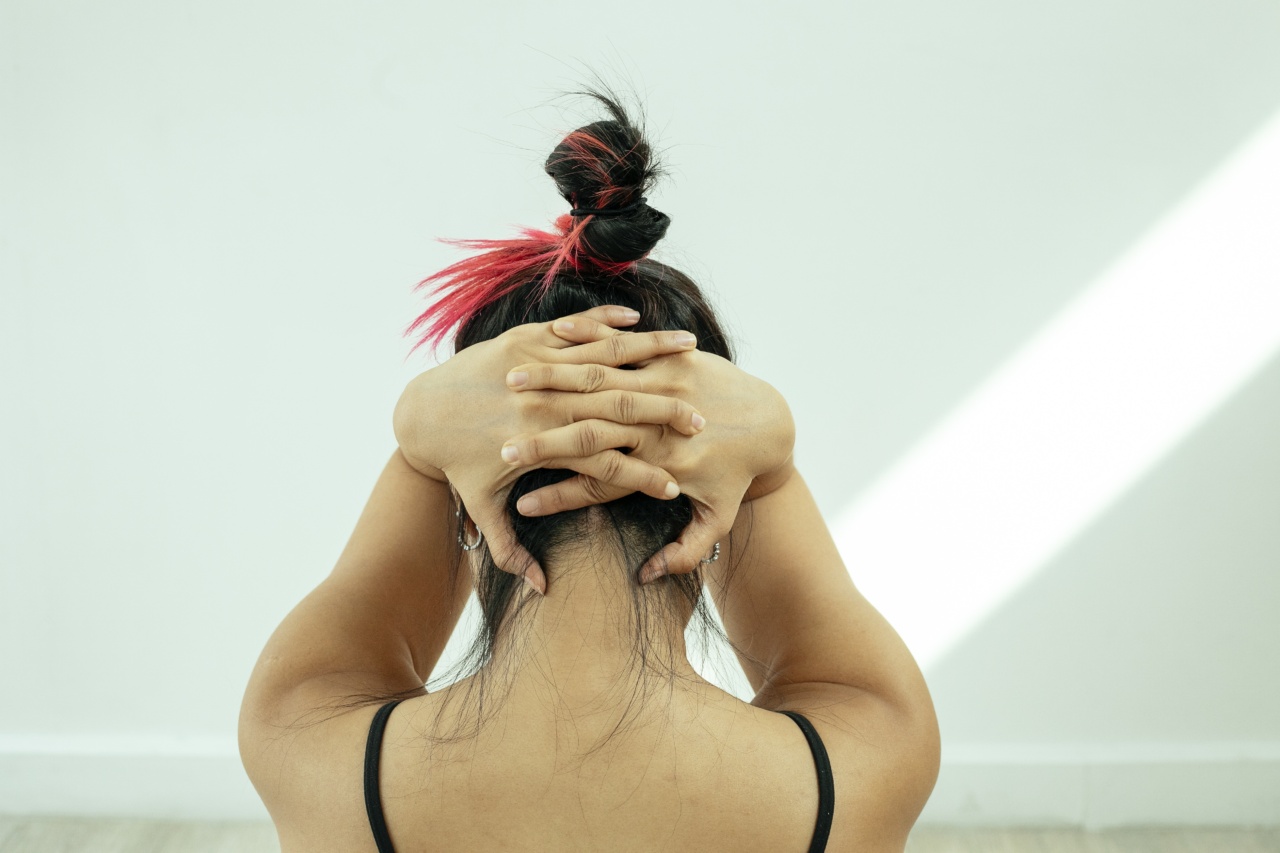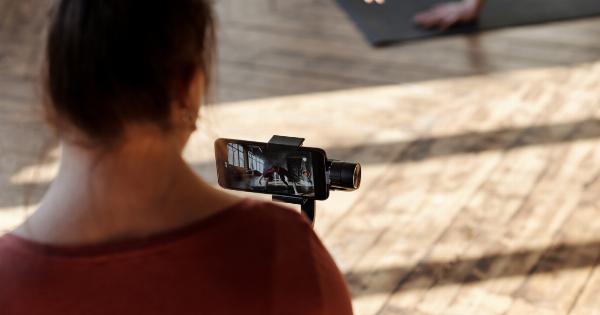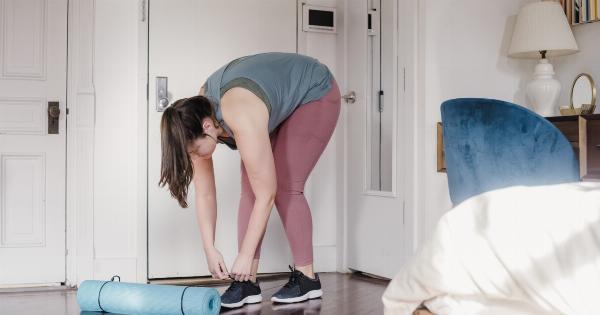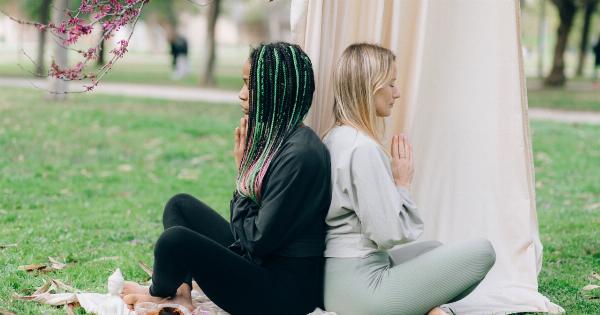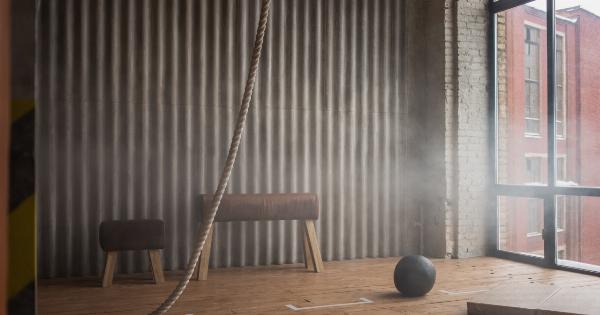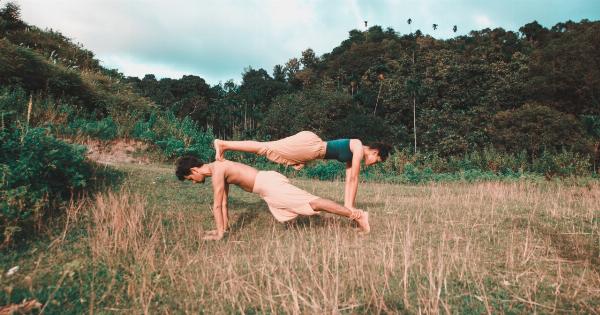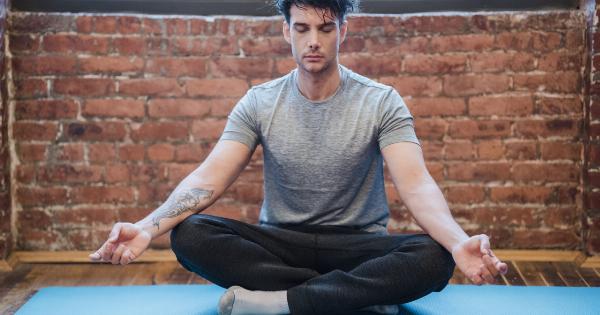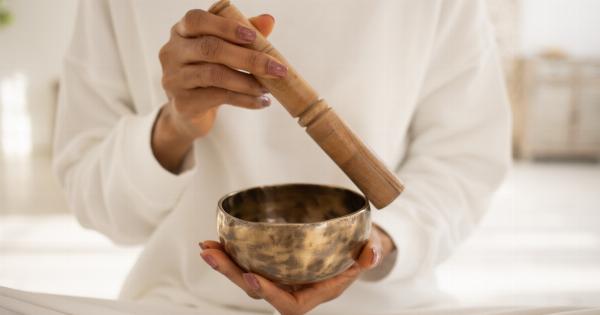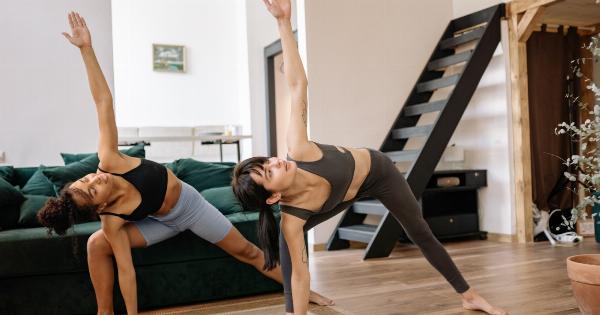Shoulder and back discomfort are common issues that many people experience due to factors such as desk jobs, poor posture, or muscle imbalances. These discomforts can range from mild to severe and can greatly affect everyday activities.
Fortunately, yoga offers a natural and effective way to alleviate pain and improve overall strength and flexibility in these areas.
1. Downward Facing Dog
The Downward Facing Dog pose is an excellent yoga move to stretch and strengthen both the shoulders and back. Start on your hands and knees, then lift your hips up toward the ceiling, creating an inverted V-shape with your body.
Press your palms firmly into the mat and elongate your spine, allowing your shoulder blades to move away from each other, creating space and releasing tension in your shoulders and upper back.
2. Cat-Cow Pose
The Cat-Cow pose is a gentle yoga flow that helps to release tension in the back and shoulders while also improving spinal flexibility. Begin on all fours with a neutral spine.
As you inhale, arch your back and lift your tailbone, allowing your belly to sink toward the floor (Cow Pose). As you exhale, round your spine upward, tucking your tailbone and drawing your chin toward your chest (Cat Pose). Repeat this flow several times, syncing your breath with the movements.
3. Thread the Needle
The Thread the Needle pose specifically targets the muscles in the upper back and shoulders. Start in a tabletop position, then slide your right arm underneath your left arm, bringing your right shoulder and temple toward the mat.
Keep your left hand grounded and actively press through it to deepen the stretch. Hold for several breaths, then switch sides.
4. Eagle Arms
Eagle Arms is a yoga move that opens up the upper back and shoulder area, providing relief from discomfort and tension. Begin by extending your arms in front of you at shoulder-height.
Cross your right arm over your left arm, bringing your palms to touch or as close as possible. If your palms don’t touch, you can place the back of your right hand against the back of your left palm. Lift your elbows and draw your shoulder blades down your back. Hold for several breaths, then switch sides.
5. Child’s Pose with Shoulder Stretch
Child’s Pose is a restorative yoga pose that helps to release tension in the back and shoulders. To incorporate a shoulder stretch, start in a kneeling position, then bring your big toes to touch and separate your knees wide apart.
Walk your hands forward and lower your forehead toward the mat, allowing your chest to rest on or between your thighs. From here, extend your right arm underneath your left arm, palm facing up, and gently press your left hand against your right shoulder. Hold for several breaths, then switch sides.
6. Bridge Pose
The Bridge Pose not only strengthens the back muscles but also helps in opening up the shoulders and chest. Lie on your back with your knees bent and feet flat on the mat. Place your arms alongside your body, palms facing down.
Press your feet and arms firmly into the mat as you lift your hips up toward the ceiling, creating a bridge shape with your body. Engage your glutes and thighs while keeping your shoulders relaxed. Hold for several breaths, then slowly lower back down.
Conclusion
By incorporating these six yoga moves into your regular practice, you can effectively alleviate shoulder and back discomfort. Remember to approach each pose with mindfulness and use modifications or props if needed.
Consistent practice will help improve strength, flexibility, and overall well-being in the targeted areas, allowing you to enjoy a pain-free and healthier body.
